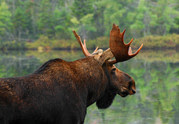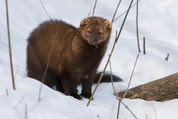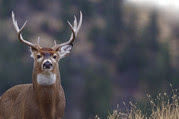Tracking bears, highest turkey harvest in years: Maine biologists provide 2021 wildlife report
From focused harvest data to research and management updates, Maine Department of Inland Fisheries and Wildlife's Research and Management Report has released its comprehensive look at how wildlife biologists are monitoring the state's wildlife and implementing innovative tools to ensure effective management and protection for each species in the state of Maine.
Click here to view the 2020-2021 Research and Management Report.
Click here to view harvest data for summer and fall 2021 hunting seasons.
What to expect in the report: |
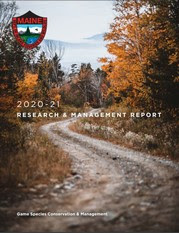 |
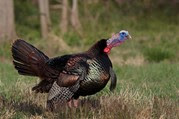 Wild turkeyFollowing a successful wild turkey reproduction year, the 2020 fall season resulted in the highest wild turkey harvest since the fall season began in 2002. The adaptive harvest management system has informed harvest recommendations for seasons with the flexibility to adjust as annual and periodic data is collected on Maine’s wild turkeys. Learn more about wild turkey research projects and the biological data that assists MDIFW wildlife biologist’s in the management process in the 2020-2021 R&M Report. |
 |
Migratory game birdsWith more than 20 species of migratory game birds, the collaborative efforts of MDIFW and the US Fish and Wildlife Service is essential to monitor and assess harvest for each species. Get a quick look at waterfowl harvest estimates in the 2020-2021 R&M Report. |
2021-2022 Wildlife conservation projects and data will be available in the next Research and Management Report. To view past reports, as well as updates on small mammals, birds, reptiles, amphibians, invertebrates, and more please visit mefishwildlife.com/wildlifereport



